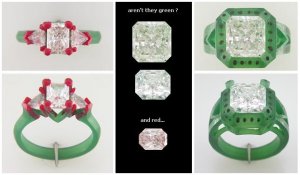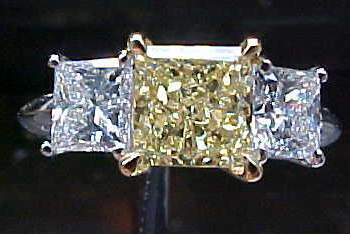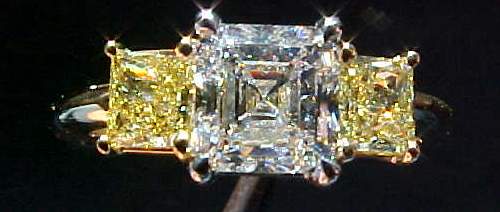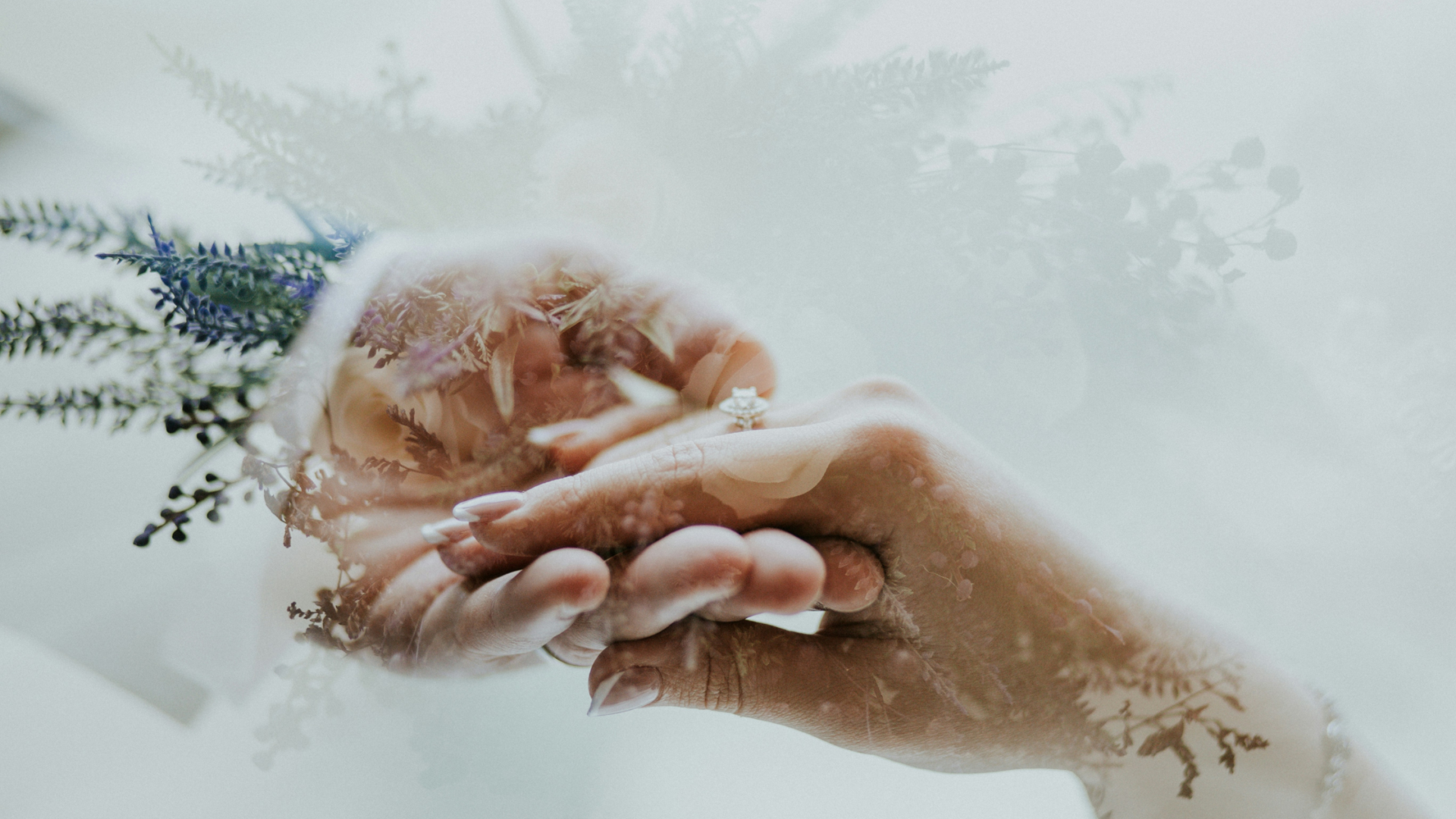moremoremore
Ideal_Rock
- Joined
- Mar 15, 2004
- Messages
- 6,825
Following this line of reasoning to its obvious conclusion, since set and loose diamonds react to light differently, loose diamonds may appear differently when set. The logical conclusion: Don''t look at loose diamonds when buying as their appearance is meaningless.Date: 12/28/2004 6:40:30 PM
Author: diamondsbylauren
Light return measuements are useless for judging diamonds, and this question ponts out why- once the diamond is set, it will react to light differently. Therefore, it would seem that you''d need to have the diamond set before checking it''s light return- which in my opinion is a meaningless number anyway.
Date: 12/28/2004 6:58:56 PM
Author: Superidealist
Following this line of reasoning to its obvious conclusion, since set and loose diamonds react to light differently, loose diamonds may appear differently when set. The logical conclusion: Don''t look at loose diamonds when buying as their appearance is meaningless.Date: 12/28/2004 6:40:30 PM
Author: diamondsbylauren
Light return measuements are useless for judging diamonds, and this question ponts out why- once the diamond is set, it will react to light differently. Therefore, it would seem that you''d need to have the diamond set before checking it''s light return- which in my opinion is a meaningless number anyway.
No soup for you. Come back one year! Well, I would think that a diamond will look diff once set...but wondering if having the side stones next to the center impacts the stone more than a plain solitaire. Guess not.
I look at my stone (wish I had a good profile shot) and I guess the sides are lower. Not girdle to girdle but a tiny bit off to the side (15%?) and the top of the sides are right under the girdle of the center.
I think that is a solitaire style with side stones - not a 3 stone - it has too much slope for a 3 stone.Date: 12/28/2004 10:28:51 PM
Author: DiamondsRagirlsbestfriend
For those who like the ''girdle to girdle'' setting, does this setting offer that feature? I''m in the process of having my three-stone emerald cut ring set into this style at Whiteflash as we speak.
Date: 12/29/2004 1:238 AM
Author: diamondsbylauren
I''ll bet you''ll agee that well cut diamonds look good even when they are table down in a parcel paper- which is the first glance look- then I flip the diamond over in the paper.
Actually no - I do not think i can tell a well cut diamond from a not so great one when they are upside down.
Then examine the diamond closely- under the loupe. That gives me a very good idea of how I like the cut.
In diamond cut grading classes I take i try to make the loupe the last thing that is used - examining with a loupe tends to get us examining ''features'' and may influence our judgement on the ''benefits''. But it is not a big deal. A loupe blocks most of the light from above the stone and can lead to a preference for leaky diamonds because when we use a loupe we usually have back light from a desk lamp to make inclusion spotting easier.
I examine the diamond from 2-4 feet ( arm''s length) - I like to put my fingers together and let the diamond sit between them. Great - the very best way - when i asked this question of a guy who does not like HCA very much - he admitted to using tweezers - definetly favours leaky diamonds. Close to the skin is about as realistic to the back light available to a clean diamond.
If the diamond is colorless, or near colorless, I use a white paper folded so that the diamond is in a position to look down thru the pavillion to check the color.
For folks who are not familiar with loupe and tweezer, arms length, or close visual examination is usuallly the method.
A good way to do this is to put the stone in a 3 or 4 claw grabber - and then it can be held up from the finger in the position it would likely sit in a ring.
Of course this is not a ''scientific'' method - it''s based on emotion and visual impact. Which are two of the main reasons folks buy diamonds in the first place.Actually matching as closely as possible customer behaviour when buying and wearing diamonds is what good scientists should do. GIA used black trays for much of their study (they later changed to grey). This is not great science because it makes leakage black and this adds to contrast which strangely can contribute to making a diamond appear more brilliant than if the leakage was not pitch black.
Anthoer little trick of mine is to push the diamond pavilion into blu tac - the stuff you use to put posters on kids bedroom walls - what is it called in USA? This can somewhat mimick the effect of a dirty pavilion - grey or white plasticine is even better.
Date: 12/28/2004 9:32:45 PM
Author: moremoremore
Can the small inside prongs of the side stones reflect on the outside edge of the center stone?
Remember those colored diamonds set in like-colored gold prongs or bezels (yellow, pink…) to half the color stand out ? Of course the setting shows – these are transparent things, surely. And a bit of tilt throws reflection of the prongs (and everything else) through the stone.




